- No products in the cart.
September 22, 2021
All About Honey Bees!
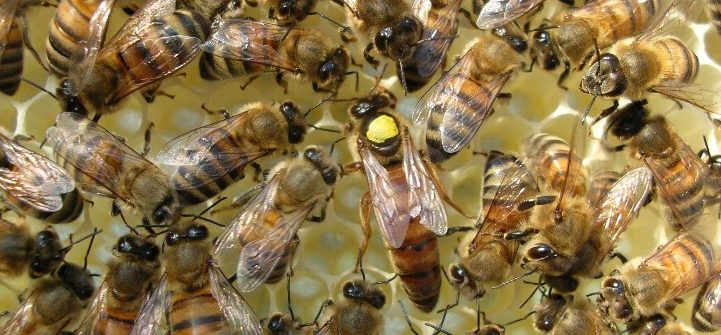
In today’s article, we will be going over the honey bees you’ll find in a bee hive! There are different roles and duties for our little bees to fulfill in order to keep the hive alive and going. The bees are all lead by their queen with the use of pheromones’ and signals! They are all in charge of keeping the hive alive and productive, as unproductive queens are often replaced with new ones!
The Most Important Bee In The Hive
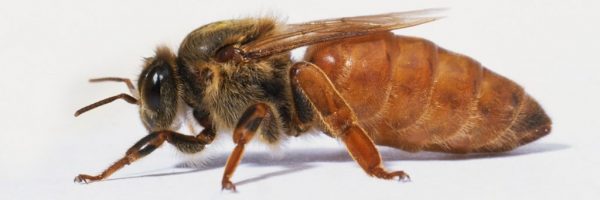
The Queen bee is the most essential bee out of them all when it comes to the hives continual survival. Fed with Royal Jelly from birth, these queens are large and in charge. Usually queens are formed when the previous queen swarmed and took a good chunk of the hive with her. As queen, her first act is to kill all of the other queens that may have been hatched, so no others can swarm or replace her. If two or more queens hath at the same time, they will have to fight to the death until one remains. From then on, she has the responsibility to to ensure the hives survival. If the hive thinks she’s being too unproductive or if her signal is too weak, they’ll replace her with a new queen.
Even though she is the queen, she also has to contribute to her hives survival or be replaced!
Managing Pheromones
The Queen has to emit pheromones’ in order to keep the hive alive and functioning as intended. These help maintain honey production, pollen collecting, bomb building, and more. As the queen ages, her Queen Signal will grow weaker and weaker and her control of the hive will become less effective, resulting in bees not performing as they normally would and stumbling around.
Birthing More Bees
New bees are typically birthed by the queen herself, however workers can also lay eggs in emergencies. A healthy, fertile queen can lay up to 3 thousand eggs a day at a constant rate. Some people think that the Queen is responsible for choosing the amount of workers versus drones she is birthing, but it is in fact the workers that tell her what the hive needs to continue.
The Two Main Castes Of Honey Bees
In this section of the article, we will be going over the two main types of Honey Bee that you will find in bee nests and hives! The Drone bees and the Worker bees! The workers do all of the work, hence their name, while the drones are mainly used for reproduction. Despite the fact that the drones don’t do as much work as the workers, both types are needed in order for the hive to thrive and live on!
Drone Bees
These are the only male bees you will find in any honeybee hive. The drones are not responsible for much in the Hive. Drones main function in the hive is helping reproduce when the queen is having her mating flight. When the drone is done mating, he dies and the queen moves on to another drone. Those drones who do not mate successfully
Worker Bees
Hatching from fertilized eggs, these bees are the most numerous of the ones you’ll find in your hives. They are responsible for pretty much all of the work in the hive. Down below will be an explanation on how the responsibilities of the honey bees change as they get older and older! Keep in mind that the jobs are not specifically restricted to the age group they are in, as older bees can do the work of the younger bees and vise versa!
The Jobs Of Honey Bees Change As they Get Older
1-2 Days Old

These brand new bees have the job to clean up the beehive, and they start with the cell that they were born in! They also regulate the hives temperature by flapping their wings, which every bee will do in their life.
3-5 Days Old
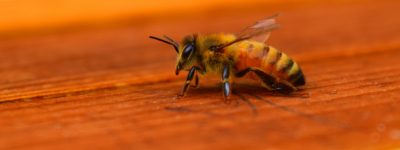
These bees have the job is to feed the older larvae! The older larvae will be fed honey. Normal larvae will be fed a diet of pollen and then honey while the larvae chosen to be queens will be fed the Royal Jelly!
6-11 Days Old
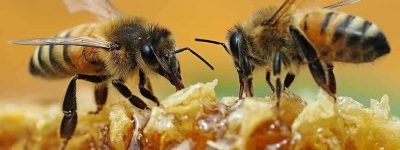
These bees have the job to feed the youngest larvae! The process is the same as the older larvae but the older larvae are fed honey and getting weaned off of the protein-rich pollen the younger larvae eat.
12-17 Days Old
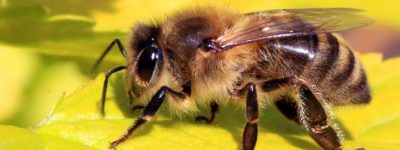
These bees produce wax, carry food, build comb and have undertaker duties. These are the bees that expand and strengthen the hive and carry honey and pollen to where it needs to go. Undertakers are not a special caste of bee as every bee is capable of doing this. They detect dead bees based on their heat level, odors, and pheromones’.
18-21 Days Old

These bees at this point of their life are responsible for protecting the hive entrance and have guard duty for the hive! These bees are seen flying around the hive constantly and checking inside the hive for intruders. To defend the hives, sometimes they will jab with their stringers or swarm the invaders, effectively cooking them alive.
22 Days-End Of Their Lives
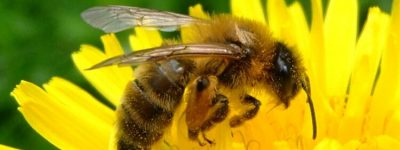
These bees fly from the hive and collect pollen, nectar, water, etc. They will fly to and from the hive countless times, harvesting nectar, pollen, and water, visiting thousands of flowers. However due to the vast amount of miles they fly, their wings get ripped and torn and their energy drained from them, resulting in them dying.
Caring For The Queen
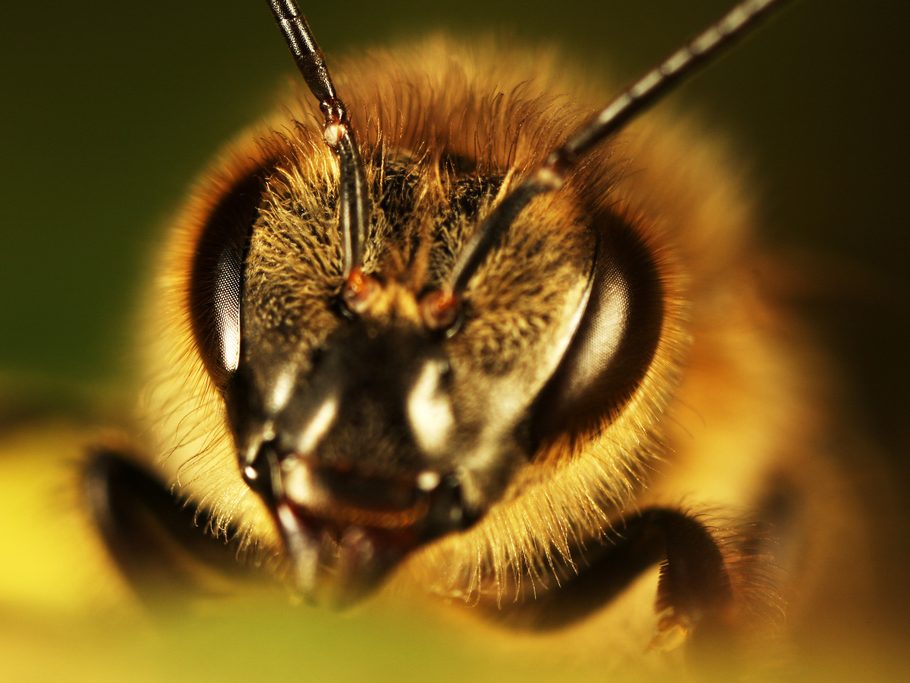
One of the most important roles a bee has is the task to take care of their queen. The Queen cannot digest her own food, so her personal retinue has to do it for her as she has no stomach. The Queen emits a “Queen Signal” throughout her life keeping all of the bees productive and organized. As the Queens life goes on, she will emit a weaker and weaker signal. The signal is what keeps the whole hive organized and alive, without the signal, the hive will spiral out of control and die off.
Guarding The Hive
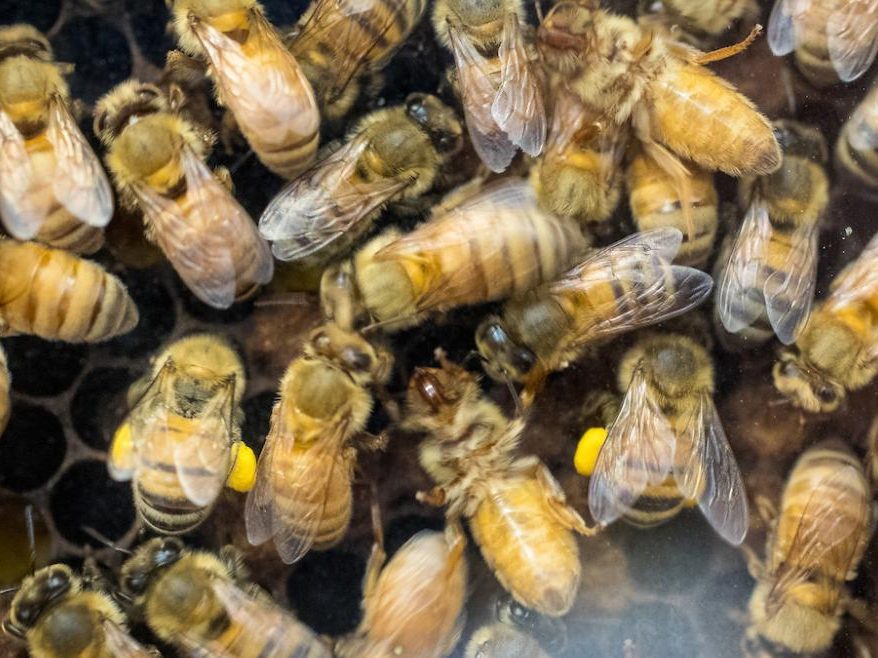
Hives have many threats that are looking to get inside of them. It’s very important that the bees guard the hive at all costs. They will patrol the hive regularly and remain vigilant for outside invaders. They’re often seen around the entrance of hives. These bees will guard the hive no matter the cost, and no matter the enemy that’s invading. They’ll defend against huge animals like big bears to the smaller animals like squirrels. No animal is safe when attacking their hive!
Cleaning and Maintaining The Hive
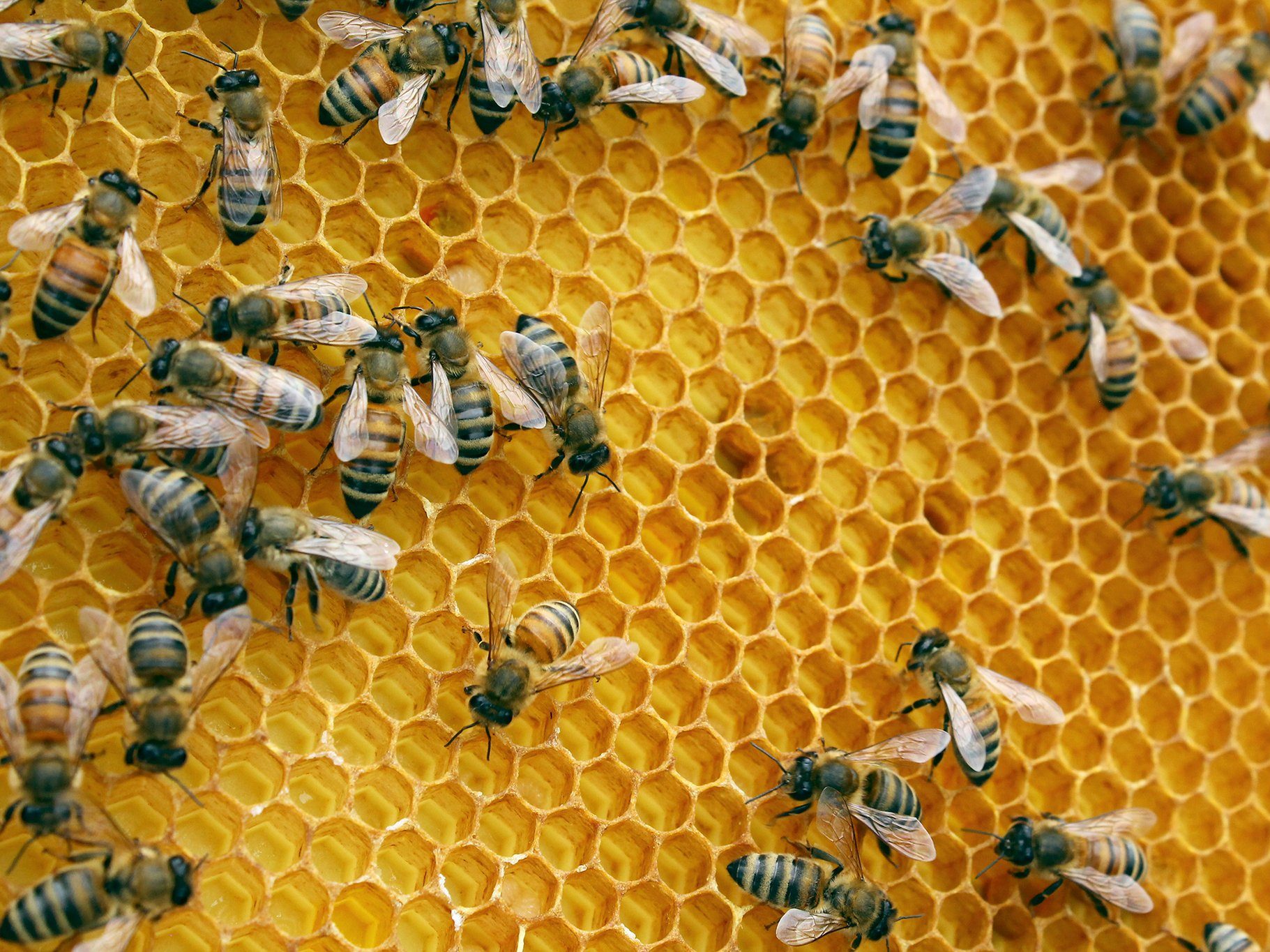
From the moment these bees leave their cell, it’s their job to clean the hive starting with their old cell. As they grow older they are able to do more tasks, such as sealing the hive from all light and water, bees don’t work well exposed to either. As time goes on, bees will further and further seal up their hive in preparation of winter! Each bee checks the cells of comb regularly to make sure nothing’s going wrong in the hive. Bees are responsible for building out honeycomb, cell by cell. As the bees grow older, their wax glands grow old too, so they cannot build comb like they used to. These bees are constantly cleaning and repairing the hive, being the first at the scene when the hive gets damaged.
Getting Rid Of The Dead
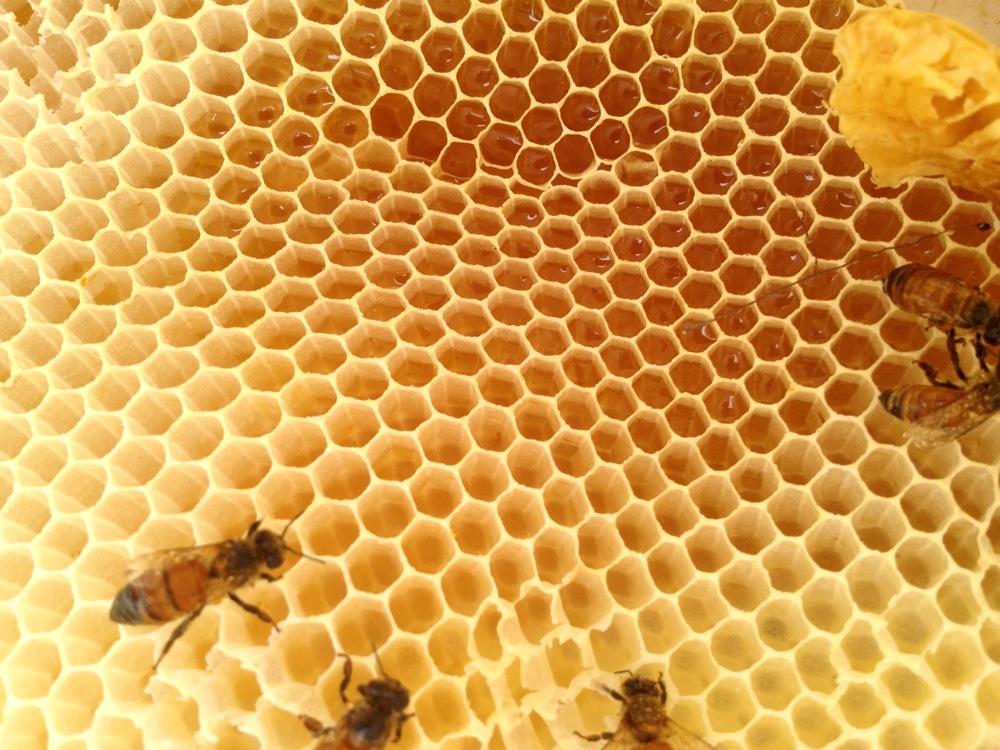
Bees understand that corpses bring disease and will cause the hive to die off if left there untouched, so they carry the dead bees outside of the hive if the dying bee has not willingly flown out of the hive already. Bees are known to be very altruistic, having been seen flying out of the hive when dying or sick, so they do not risk harm coming to the hive. It’s been discovered that bees recognize dead bees through the amount of cuticular hydrocarbons they emit, as dead bees emit far less to none compared to live bees. This is also how bees recognize fellow hive members. They have been seen to drag out the bodies of their fallen comrades early in the morning, then the ants and decomposers can have at them all they want.
